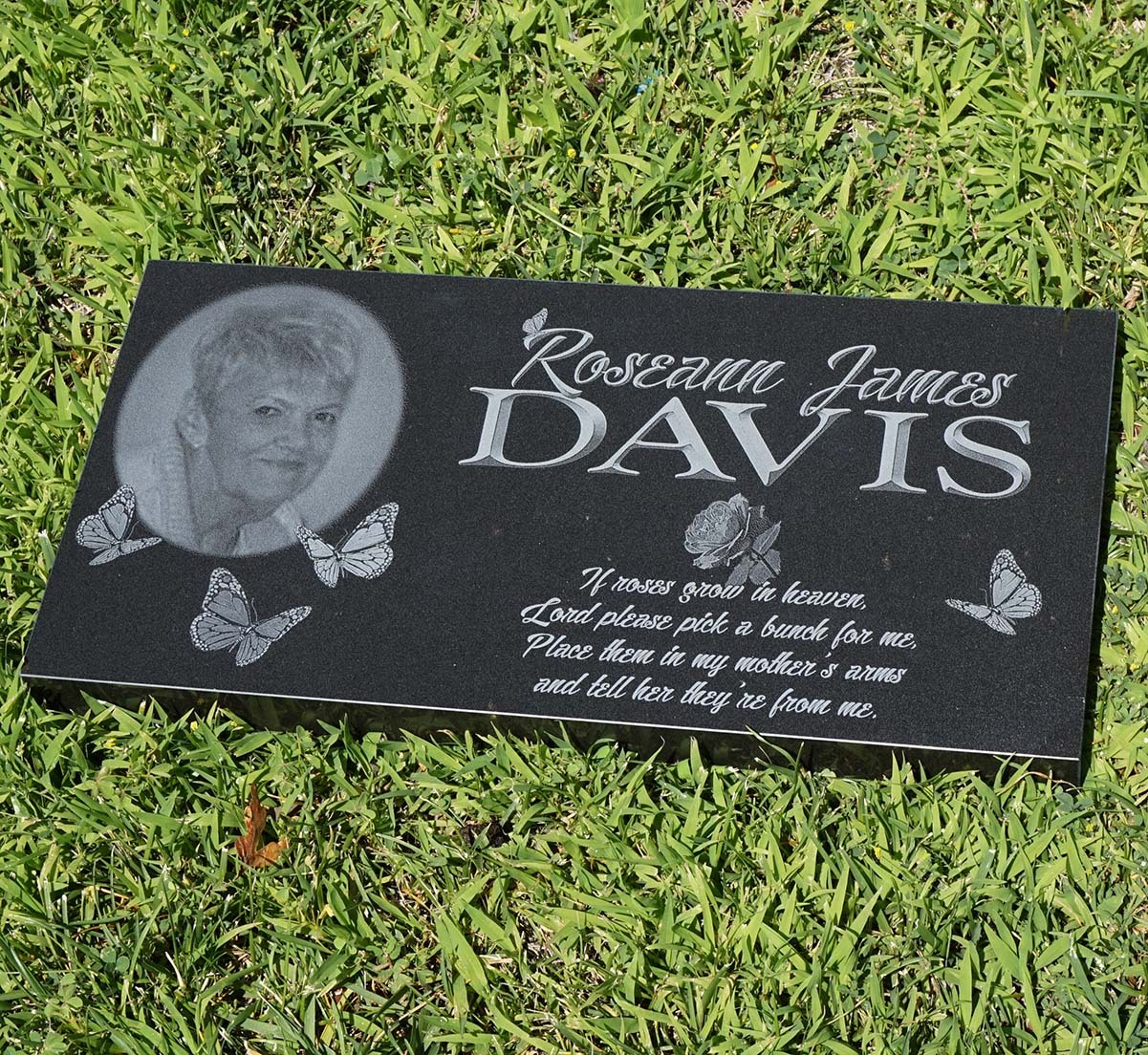Eternal Impressions: Exploring the Artistry of Cemetery Monuments and Gravestones
As we walk through a cemetery, our eyes are drawn to the elegant monuments and weathered gravestones that stand solemnly, each telling a unique story of lives once lived. The artistry displayed in these memorials serves as a testament to the craft and creativity of the sculptors and stonecutters who have carefully preserved the memories of those who have passed on.
Every monument and gravestone bears the imprint of human emotion and remembrance, capturing a moment in time that transcends lifetimes. From intricate carvings and elaborate sculptures to simple yet poignant inscriptions, these works of art invite us to contemplate the beauty and impermanence of life. Each detail, whether a delicate rose or a somber angel, conveys a message of love, loss, and the enduring legacy left behind.

Historical Significance
Cemetery monuments hold a profound historical significance, serving as tangible links to the past. These solemn structures not only honor the deceased but also reflect the changing cultural beliefs and artistic styles of different time periods. Through the study of cemetery monuments, historians and archaeologists gain insight into the societal values and rituals of bygone eras.
The evolution of cemetery monuments parallels the evolution of societal attitudes towards death and commemoration. In ancient times, simple markers or mounds were used to indicate burial sites. Over centuries, elaborate tombstones and sculptures emerged, showcasing the craftsmanship and symbolism of the prevailing artistic movements. Each monument tells a unique story, shedding light on the lives and legacies of those memorialized.
Furthermore, cemetery monuments often serve as historical documentation of notable events or individuals. From war memorials honoring fallen soldiers to grand mausoleums dedicated to prominent figures, these structures encapsulate pivotal moments in time. By studying the inscriptions, motifs, and materials of cemetery monuments, researchers can decipher the socio-political context in which they were erected, providing valuable insights into the past.
Symbolism in Design
Symbolism plays a significant role in the design of cemetery monuments and gravestones. Each element carefully chosen holds deeper meaning and significance. From the type of stone used to intricate carvings, these symbols often reflect religious beliefs, cultural heritage, or personal attributes.
The use of different symbols such as crosses, angels, flowers, and animals can convey various messages to those who visit the gravesite. For example, a dove symbolizes peace and purity, while a rose represents love and remembrance. These symbols are not just decorative but carry profound meanings that resonate with the deceased and their loved ones.
Furthermore, the shape and structure of monuments and gravestones also contribute to their symbolic significance. A towering obelisk may represent eternity or commemoration of a prominent individual, while a weeping angel symbolizes grief and mourning. The careful selection and placement of these symbols create a rich tapestry of meaning within cemetery artistry.
Modern Trends
Modern cemetery monuments and gravestones reflect a shift towards minimalist designs. Clean lines, simple shapes, and understated elegance are becoming increasingly popular choices for memorial markers. These contemporary pieces often focus on conveying a sense of tranquility and peaceful remembrance through their sleek and unadorned aesthetics.
Another noticeable trend in modern cemetery artistry is the incorporation of personalized elements. Families are opting for customized monuments that showcase unique details such as engraved symbols, meaningful quotes, or even portraits of the deceased. This customization allows for a more intimate and reflective tribute to the lives being commemorated, adding a special touch to the overall design.
Technological advancements have also influenced modern cemetery monument trends. Innovative techniques such as laser etching and 3D imaging are being used to create intricate designs and lifelike engravings on gravestones. These cutting-edge methods provide a level of precision and customization that was not easily achievable before, opening up new possibilities for creativity and personalization in memorial art.